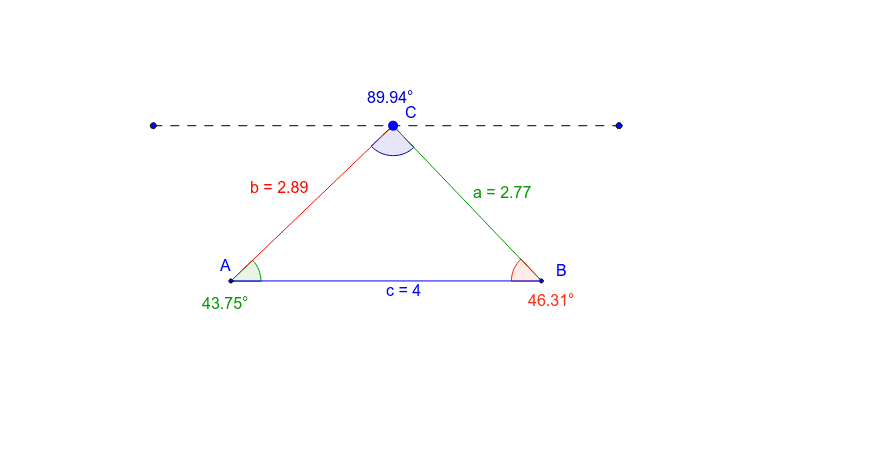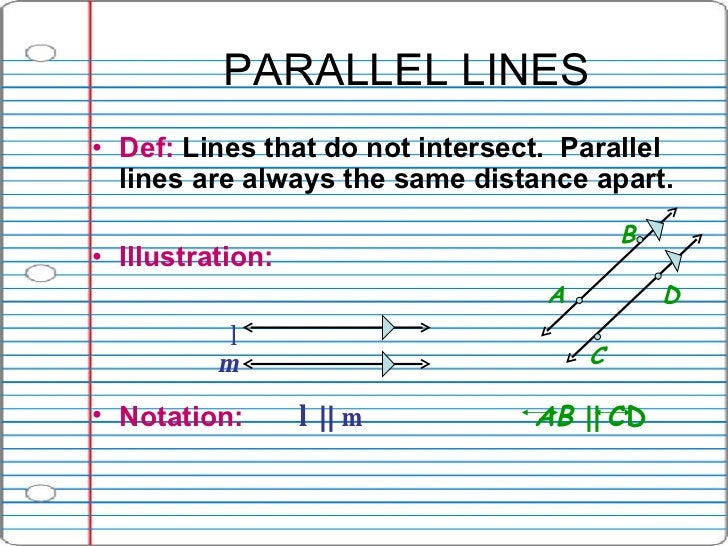relationship between lines and angles sorted by
relevance
-
Related searches:
- shemale lesbian
- postop tranny
- stephanie dahl nude
- dad fucks son
- theresa randle nude
- karike za bezuljne kompresore
- Maria Burghardt nackt
- kræft i tungen
- sixx wife
- ejakulat farbe bräunlich
- erotic24
- star wars the clone wars season 2
- innocent_doll1 porn
- sexy nude teen selfie
- ana ivanovic ass
- Afshan Azad nackt

Admin26.07.2021
500

Admin03.09.2021
205

Admin22.07.2021
8202









